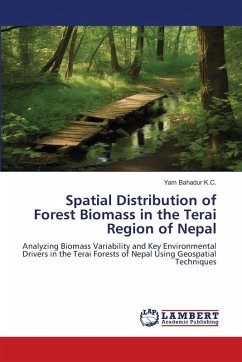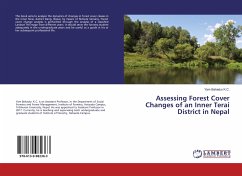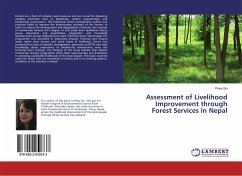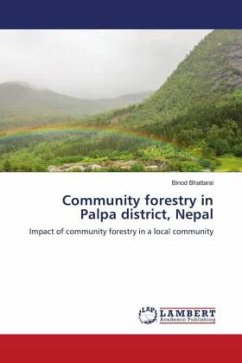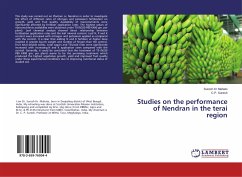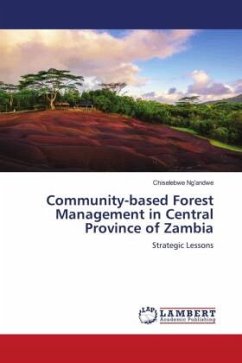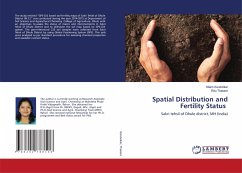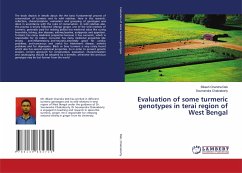Forests play a vital role in global carbon cycles, necessitating accurate above-ground biomass (AGB) estimation for climate strategies. This study focuses on Nepal's Central Terai, integrating airborne LiDAR, field inventory, and multisource satellite imagery (PlanetScope, Sentinel-2) for AGB estimation. LiDAR data (32 metrics) and field measurements (110 plots) were used, with Random Forest (RF) outperforming stepwise linear regression (R² = 0.85, RMSE = 60.9 ton/ha). Further integration with Sentinel-2 improved accuracy (R² = 0.92, RMSE = 44.58 ton/ha). AGB distribution was influenced by climate, topography, and human activity, with land use, temperature, and precipitation explaining 64% of variability. Higher AGB was linked to moderate climate conditions, elevation, and river proximity, while roads negatively impacted biomass. The study highlights LiDAR's utility, machine learning's role in enhancing AGB estimation, and the need for integrated remote sensing approaches for sustainable forest management and climate adaptation in biodiversity-rich regions.
Bitte wählen Sie Ihr Anliegen aus.
Rechnungen
Retourenschein anfordern
Bestellstatus
Storno

